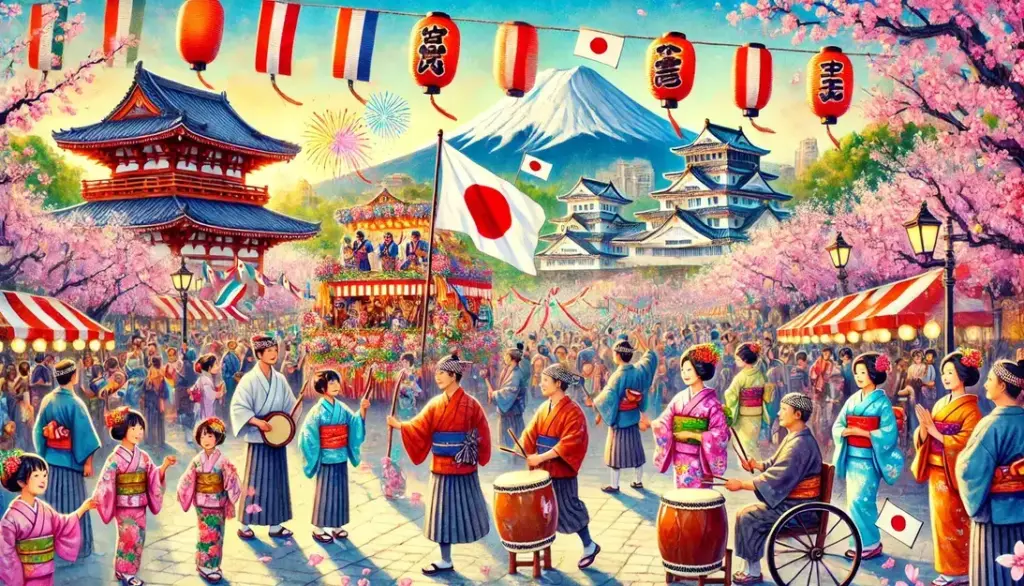Every year on February 11th, Japan observes National Foundation Day, a holiday celebrating the nation’s origins. It marks the legendary ascension of Emperor Jimmu, the country’s first emperor, in 660 BCE. While its ancient roots invite debate, this day fosters a shared sense of history and pride. Through quiet reflection or vibrant parades, it connects people to Japan’s storytelling and cultural spirit.
What is National Foundation Day in Japan?
February 11th holds special significance in Japan. Known as National Foundation Day, it celebrates the country’s legendary beginning and its enduring identity.
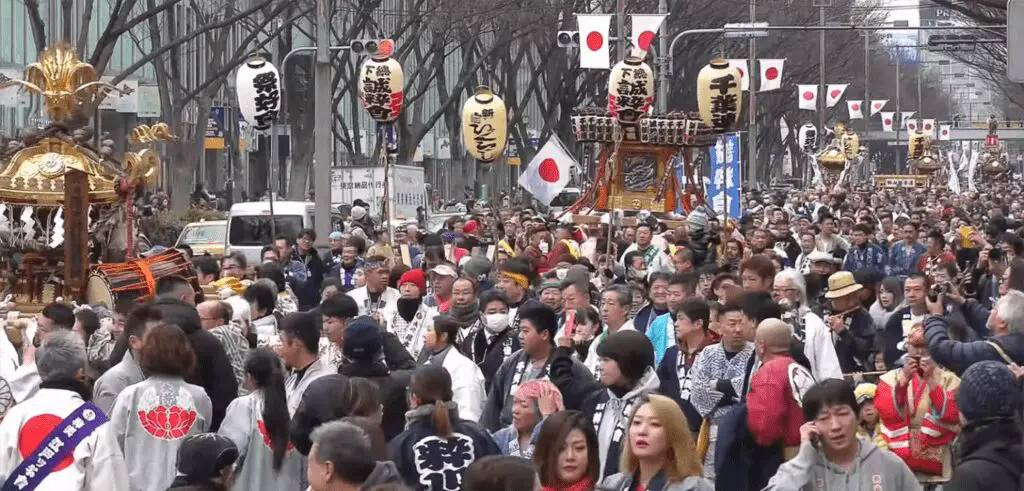
Date and Historical Background
February 11 is not just any date on the calendar—it’s tied to Japan’s mythical past. This day marks the legendary ascension of Emperor Jimmu, the first emperor of Japan, in 660 BCE. According to Japan’s oldest chronicles, the Nihon Shoki, Emperor Jimmu united the Japanese archipelago, symbolizing the start of Japan’s imperial line. While some view this story as more legend than fact, it provides a powerful narrative that has shaped Japan’s cultural roots for centuries.
The holiday was officially established in 1872 during the Meiji era, a time when Japan was modernizing and looking to assert its national identity. Originally called Empire Day, it was later renamed National Foundation Day when it was revived as a public holiday in 1966. Over time, it has transitioned from purely political to being a day of reflection on Japan’s history and values.
For more details on the historical significance, visit National Foundation Day (Japan).
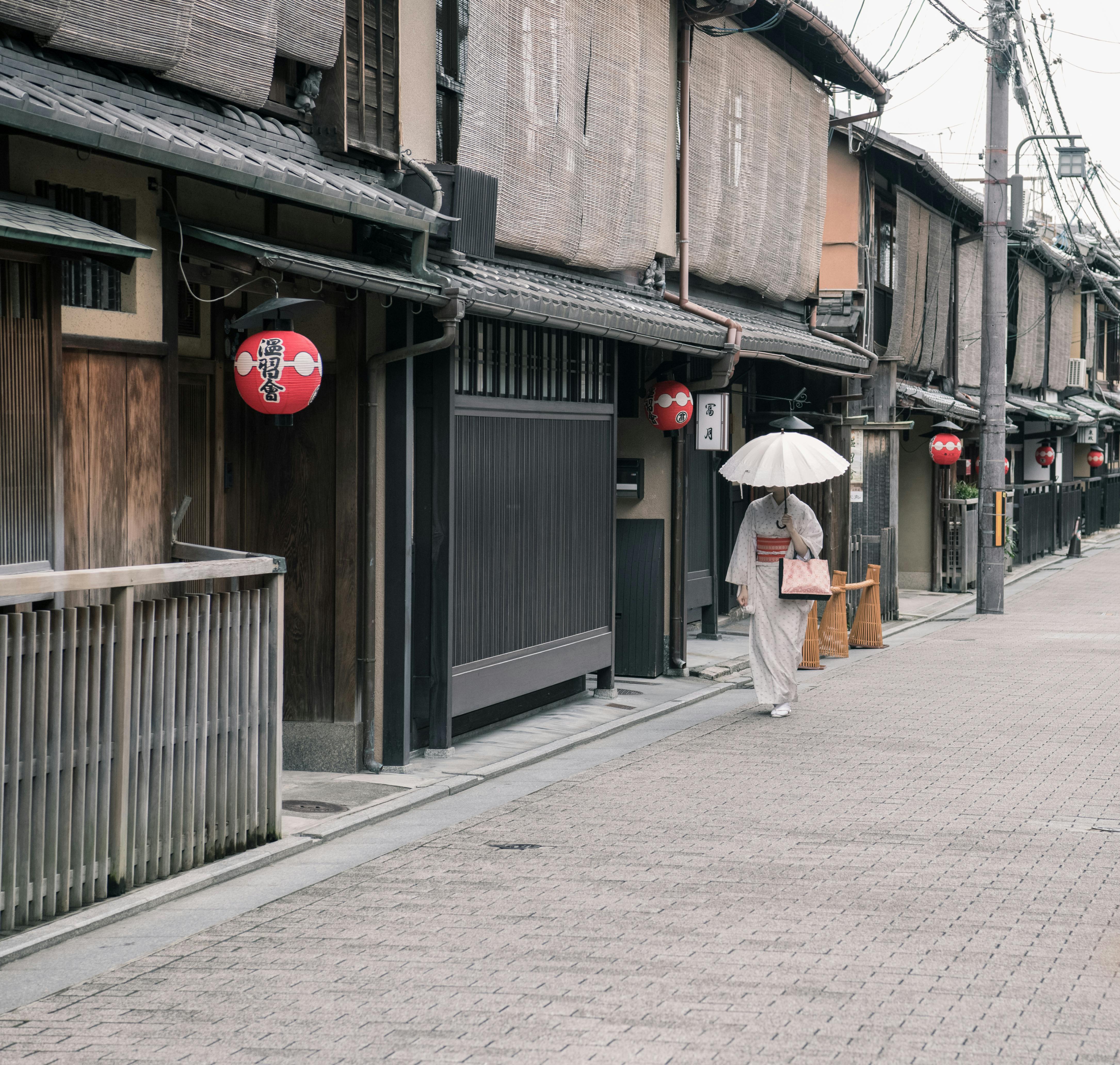
Photo by Satoshi Hirayama
Modern Observance and Symbolism
In contemporary Japan, National Foundation Day is more subdued compared to other public holidays. It isn’t marked by fireworks or big parties but by quiet reflection and pride in Japan’s deep history. People often visit shrines, such as the famous Ise Grand Shrine, to pray for the nation’s continued prosperity and peace.
Local communities sometimes hold parades featuring mikoshi (portable shrines) and traditional music, showcasing Japan’s vibrant cultural heritage. Flags might be displayed outside homes and public offices, symbolizing unity and national pride.
For younger generations, the day helps connect them to their heritage. Schools and local organizations often host educational events to share the stories and traditions tied to the holiday. Wondering what this looks like? Check out how these events shape modern celebrations on Japan’s National Foundation Day.
National Foundation Day is not just about history—it’s a chance to feel part of something bigger. It’s a reminder of Japan’s strength, resilience, and the importance of unity for the future. This recognition ties together centuries of shared identity, forming a bridge between the past and present.
The Origins of National Foundation Day
Japan’s National Foundation Day has deeply rooted historical ties, reflecting different eras of the country’s development. Its legacy is marked by transformation, from its initial creation as Kigensetsu during the Meiji Restoration to its later re-establishment in the 1960s. Here, we explore the holiday’s rich history and the societal changes surrounding it.
Kigensetsu and Pre-War Celebrations
Kigensetsu, the precursor to National Foundation Day, was first introduced during the Meiji era in 1872. This holiday, translating to “Epoch Day,” commemorated the mythical ascension of Emperor Jimmu to the throne in 660 BCE, as chronicled in the Nihon Shoki and Kojiki. The government positioned it as a means to unite Japan under a shared imperial and national identity.
During the pre-war years, Kigensetsu held substantial cultural and political significance. Lavish parades filled the streets, featuring grand floats and traditional performances reflecting Japan’s long history. Schools and government offices organized ceremonies to honor the emperor and instill patriotism among citizens. Flags adorned buildings, and families displayed them outside their homes, symbolizing solidarity.
These celebrations, however, were about more than festivity—they also reinforced state Shinto and governmental authority. Kigensetsu became a focal point for consolidating the emperor’s divine status and promoting loyalty to the nation, traits essential to pre-war Japan’s ideology.
For further details on Kigensetsu and its historical context, visit Kigensetsu – Shinto Wiki – Miraheze.
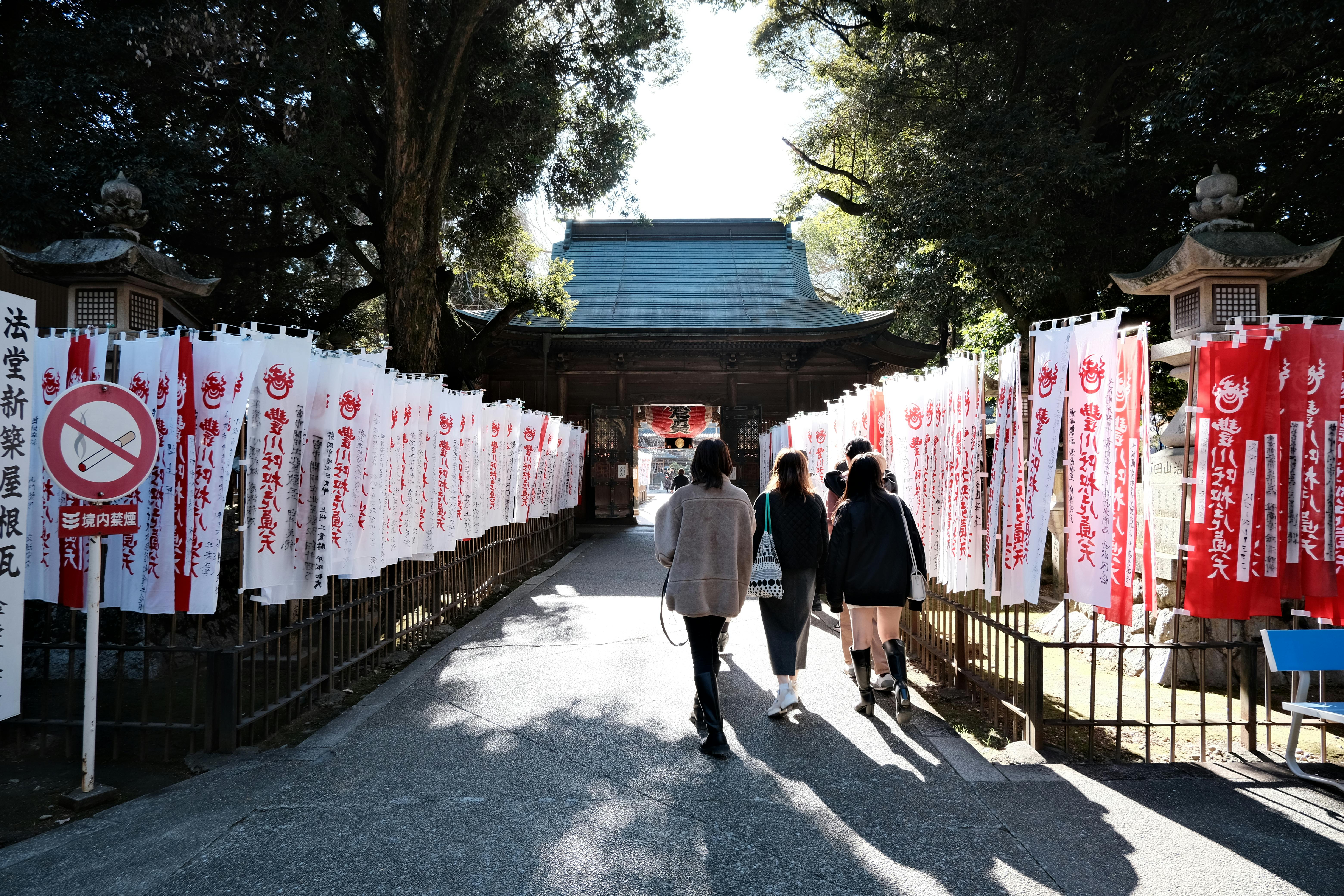
Photo by Huu Huynh
Post-War Changes
After World War II, Japan underwent massive reforms that greatly impacted its cultural and political landscape. Under the influence of the Allied Forces’ General Headquarters (GHQ), Kigensetsu was abolished in 1948. Its association with state Shinto and pre-war nationalism made it incompatible with the new democratic constitution, which separated religion from government.
For nearly two decades, no equivalent holiday existed. This changed in 1967 when the government reintroduced the celebration as National Foundation Day (Kenkoku Kinen no Hi). Unlike its predecessor, this version was stripped of its overt political messaging and religious undertones. Instead, it emphasized reflection on Japan’s history and the value of community spirit.
The new holiday was meant to foster pride in Japan’s cultural heritage while aligning with the country’s post-war democratic ideals. Its tone became intentionally lighter, with a focus on unity rather than nationalism. Today, National Foundation Day serves as a mindful acknowledgment of Japan’s origins, bridging a historical divide.
For insights into the post-war revival of the holiday, you can explore more at National Foundation Day – Japan Forward.
How National Foundation Day is Celebrated Today
National Foundation Day in Japan is a time to connect with the nation’s roots while celebrating modern unity. Though its tone is reflective, communities, families, and organizations bring the day to life through various unique activities.
Traditional Ceremonies and Parades
On National Foundation Day, traditional ceremonies and vibrant parades are highlights in many areas. One of the most common traditions involves flag-raising ceremonies, where the Japanese flag, the Hinomaru, is prominently displayed outside homes, schools, and government buildings. These ceremonies are symbolic gestures of national pride and unity.
In some localities, parades breathe color and energy into the day. These parades often feature traditional attire, drumming performances, and mikoshi (portable shrines) that give spectators a glimpse into Japan’s rich cultural tapestry. For instance, the National Foundation Day Parade in Tokyo is a cherished event that draws crowds eager to celebrate Japan’s heritage in unison.
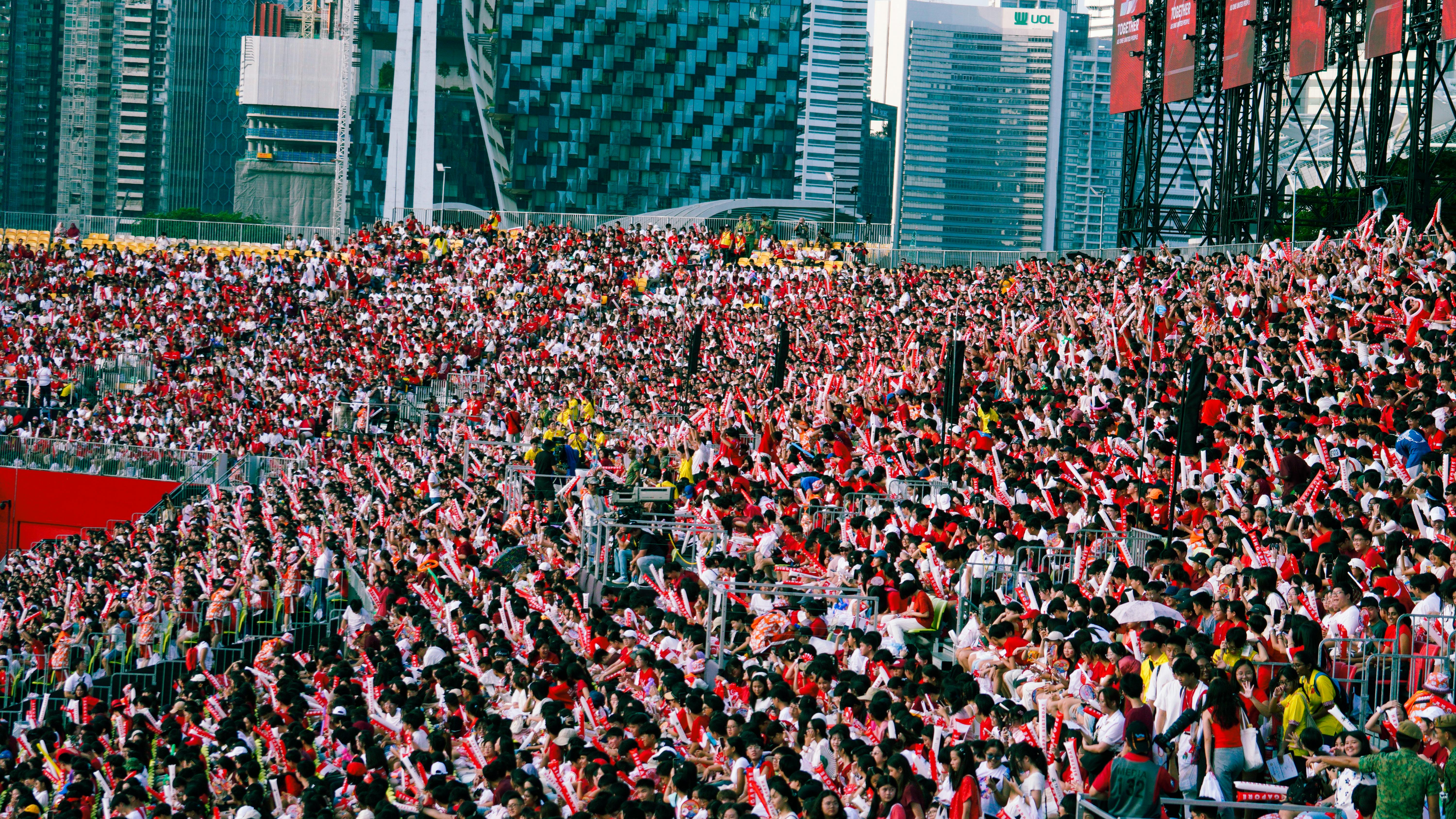
Photo by YIYANG LIU
The Role of Schools and Families
Schools play a vital role in commemorating National Foundation Day by hosting educational programs. These activities teach students about Japan’s history, such as the legend of Emperor Jimmu and the unity it symbolizes. It’s not unusual for students to engage in art projects, write essays, or participate in discussions to deepen their understanding of the day.
Families often observe the holiday with quiet gatherings. Some may visit local shrines to pray for their country’s continued prosperity, while others use this day to teach younger generations about Japanese traditions. Celebrating at home often involves sharing history books or storytelling sessions that connect modern-day Japan with its historical roots. Learn more about how schools and families honor this holiday on Explore Japan’s National Foundation Day.
Special Events by Organizations
Organizations and government bodies contribute to the celebrations by arranging special events. For example, the Japan Maritime Self-Defense Force sometimes hosts public events that include ship tours and exhibitions, reflecting the nation’s legacy and modern capabilities. Local municipalities may also hold smaller community-centric activities, such as traditional tea ceremonies or musical performances, to engage residents across generations.
In addition, businesses and cultural organizations partner to organize themed exhibitions, concerts, and art installations that communicate Japan’s evolving identity. These events often combine tradition with innovation, showing how Japan continues to honor its past while embracing the future.
For a deeper dive into the variety of events occurring for National Foundation Day, visit Japanese Holiday: National Foundation Day.
National Foundation Day serves not just as a reminder of Japan’s founding but as a celebration of unity, history, and hope for the future. Activities involving communities, schools, and families intertwine history with memory, keeping the nation’s story alive.
The Cultural and Political Significance of National Foundation Day
National Foundation Day in Japan goes beyond simply marking the country’s origins. It’s a reflection of how historical narratives intersect with modern attitudes and the balancing act between patriotism and political complexity.
The Holiday and Patriotism
National Foundation Day instills quiet patriotism in a way that feels personal rather than nationalistic. Unlike holidays in other nations that might feature grand displays of military power or heavily politicized messaging, this day focuses on connection. It gives individuals a chance to reflect on what being Japanese means to them.
For example, citizens visiting shrines or raising flags outside their homes are subtle yet powerful acts. These gestures avoid shouting their pride but instead whisper a shared cultural identity, resonating deeply with Japan’s emphasis on harmony. Isn’t it fascinating how pride can be shown without loud celebration?
This tone aligns with modern Japan’s effort to foster a thoughtful, even understated patriotism. In schools, children often learn about Emperor Jimmu’s legend and discuss the values of unity and history. In essence, the day builds a bridge between past traditions and contemporary values.
For more depth on how the holiday nurtures patriotism, explore Japan National Foundation Day.
Controversies Surrounding the Holiday
While National Foundation Day creates a sense of unity for many, it also sparks lively debate. Its historical roots, tied to State Shinto and pre-war nationalism, give it a controversial aura. Some critics view it as a throwback to intense nationalism from earlier eras. Skeptical voices question whether the narratives celebrated on this day ignore Japan’s more complex, and at times darker, historical chapters.
In modern political discourse, the holiday occasionally becomes a battleground for different interpretations of Japan’s identity. Conservatives often champion it as a day of national pride, while others fear that promoting such sentiments could re-ignite nationalist extremism.
Interestingly, some ultranationalist groups hold rallies on this day, often waving flags and calling for constitutional revisions. However, such events are relatively isolated and don’t align with how most Japanese people observe the day.
If you’re curious about these controversies, check out Japan’s Controversial National Foundation Day.
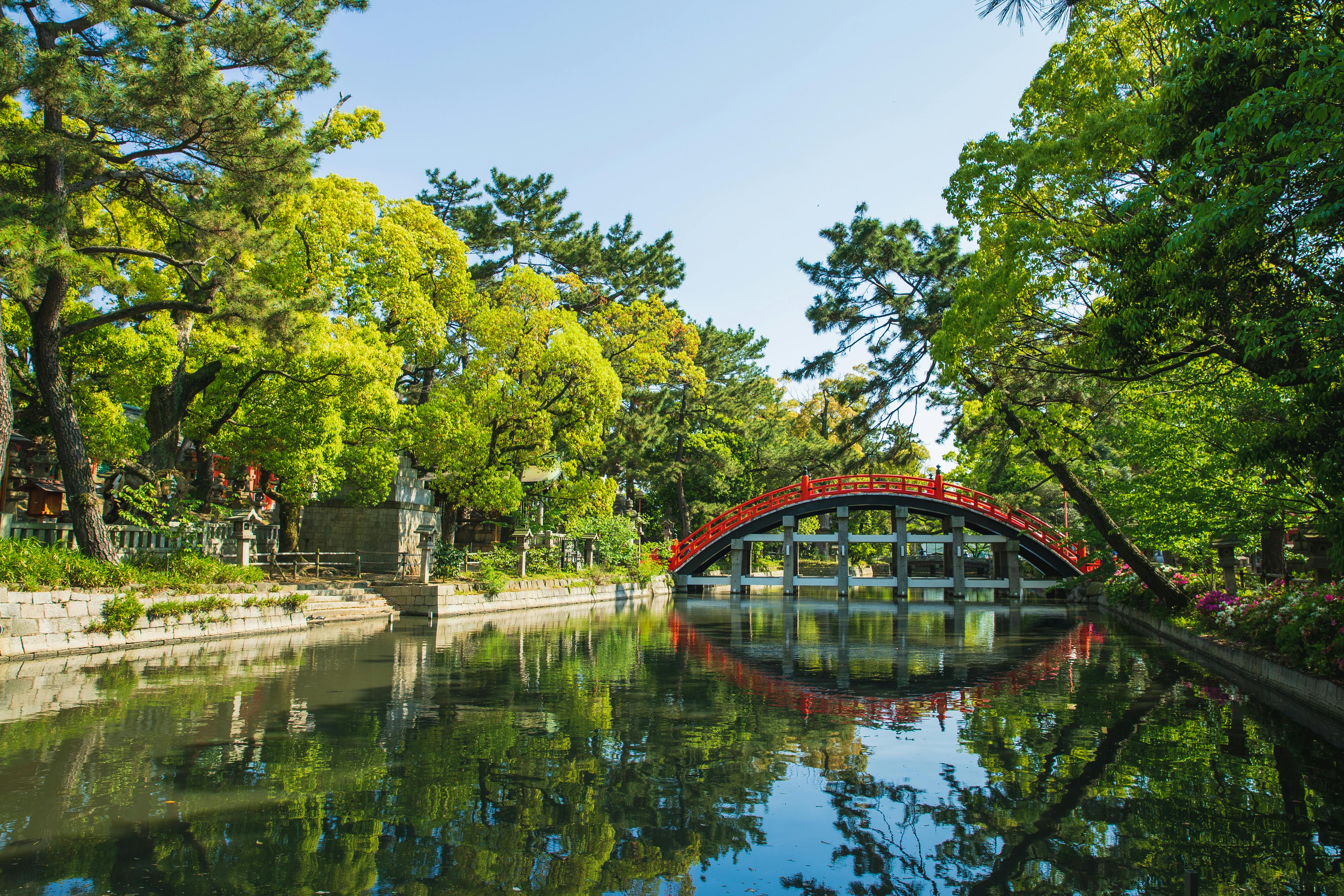
Photo by Ryutaro Tsukata
Ultimately, National Foundation Day embodies a rich tapestry of historical significance, cultural pride, and moments of contention. These facets make it one of Japan’s most thought-provoking public holidays.
National Foundation Day in Japan: Conclusion
National Foundation Day in Japan reminds us of the importance of shared history and unity in shaping a national identity. It celebrates the country’s mythological founding while embracing modern values of reflection and togetherness.
Through quiet shrine visits, educational events, or local parades, this day connects people to Japan’s cultural roots. It’s a time to appreciate the story of a nation that values harmony and resilience, both in its past and present.
Consider how your own traditions reflect your identity—what would you celebrate about your origins?

